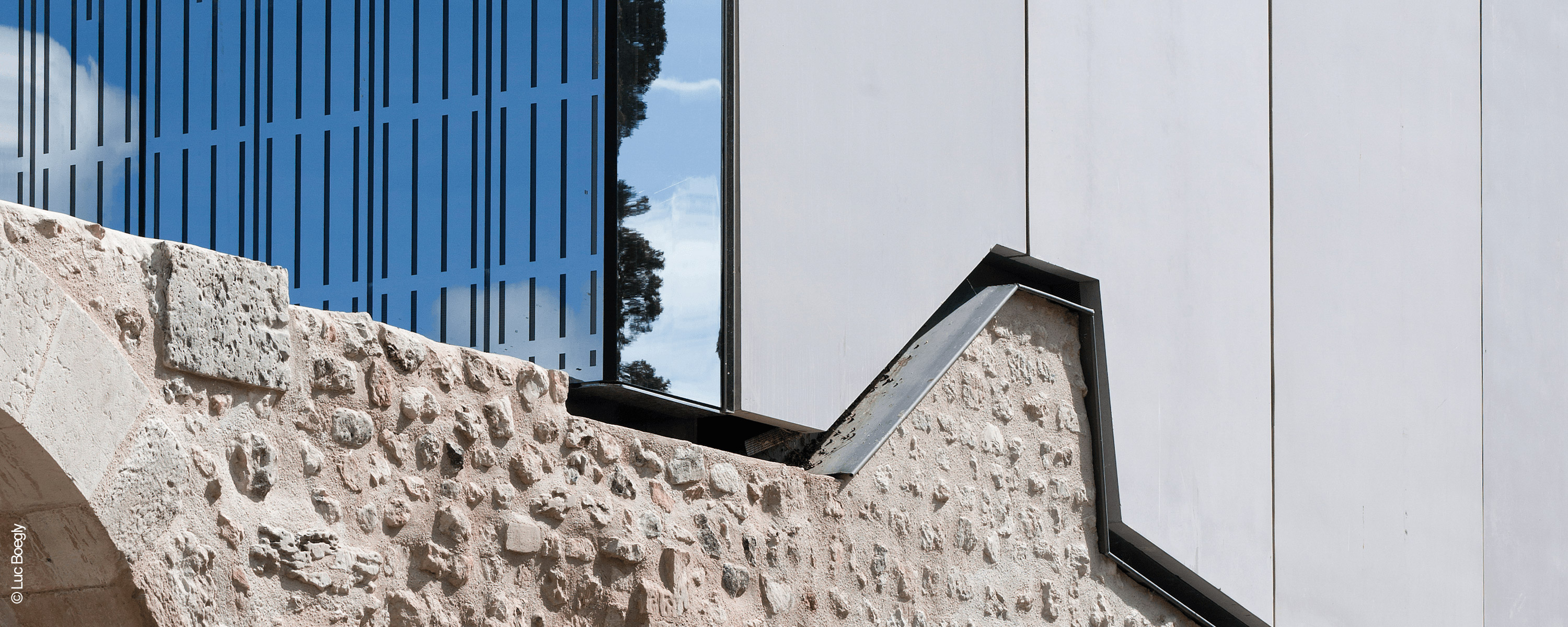Le Détour de France
Perched on their mountain bikes, the 12 architects and designers of Collectif Etc, founded in Strasbourg in 2009, took to the asphalt of French roads for nearly a year on a road trip to encounter “experimenters of the city” to create, with them, projects conducted off the beaten track, in which citizens have a central role. Back from their wanderings, the small troupe decided to share its experience in a work titled Le Détour de France (éditions Hyperville). Interview.

AA How did you go from a utopian project imagined between friends, that of the “open worksite,” that is open to the inhabitants as well as the designers, to a project rooted in reality?
Collectif Etc By doing it! Starting with real understanding, determination and a desire to explore. Next, the essential thing is to agree on a starting point, an exact moment, all together. We had tested our capacities to mount a transformation project for a public space two months before the departure, in Saint-Étienne, in August 2011. After a four-week worksite with the inhabitants and passers-by, we no longer had any doubts. In the context of the Défrichez-là competition, we had transformed a wasteland into a public space that could be appropriated by everyone in the Chateaucreux railway station district. We had laid the bases of the “open worksite,” combining creative actions and cultural programming. Why not go further and clear the way for this manner of doing architecture and development?
What are you references on the subject. And what about Patrick Bouchain’s teachings?
We had started with interventions in the street, more artistic, that gradually led us to undertake developments of public spaces, focused on the city’s users. We threw ourselves into it without more theoretical bases than our own knowledge of projects conducted by “collectives,” as we called them at the period. Some of us had read Patrick Bouchain’s Construire autrement and we had gone to help out on a worksite handled by Bruit du Frigo, in La Benauge, which had very much inspired us. The references also came from our encounters that we made during the year.
So you decided to go off and meet those who, like you, initiate collective projects, designed in the field, with users and inhabitants. How did you determine your itinerary? And why did you chose to travel on a two-wheel vehicle?
Apart from its undeniable environmentally friendly profile, the bicycle is means of locomotion whose speed, and de facto, the number of kilometres covered, gives you a good understanding and perception of the landscape you travel through, while keeping a decent rhythm to accomplish a “tour de France.” It can be called an efficient slowness. It’s a means of transport that forced us to meet the objective of reaching the south during the winter and setting the direction of our rotation from and to Strasbourg. When we left, the route was still sketchy. It became more precise with the answers to our requests for meetings with the actors that we wanted to question, more than 40 in all, like Horizome in Strasbourg, a collective of artists and anthropologists, or Zoom in Grenoble, where architects, graphic artists and plastic artists intervene on different urban challenges. It was a good way to know more about their approach to creating the city, and project opportunities, which arose out of discussions or direct commissions.

Why did you decide to record your trip in a book?
When we left, we thought of several formats for setting down our experiences. We organized meetings in February 2013, called “Superville,” to bring together the groups we met during the year. It was the opportunity to increase the size of this nebula of structures and actors belonging to this new form, vague certainly, but identified, of the fabrication of the city and its public spaces that proceeds in a sensitive, reversible manner, with its users, in constantly questioning the ways of doing. Then we launched the writing of the book, in order to give an account of our actions. This work isn’t a book on Collectif Etc, but one that recounts a project. Le Détour de France represents a year of reflection during which our group built itself.
What will the next stage be for Collectif Etc?
Paris-Roubaix? Or a tour of the Mediterranean by boat, to end in Athens with the writing of a new charter? We’re thinking about it. For the moment, we’ve set down our tools in Marseille. At the end of our trip, we felt the need to explore more durable project forms. That is what was missing the most in these short projects, mounted over one or two weeks, during which we succeeded in “activating” spaces and uses, but whose energy disappeared after we left.
In your opinion, what is the impact of these participatory practices in regard to the more canonical system of project design and execution?
We aren’t there to measure the impact. The users’ involvement in projects has already been important for some time now. Today, public project contractors are looking for new ways of doing, each of them for his own reasons, and sometimes reasons that are very different from our considerations. It’s the opportunity for us to experiment, test new was of doing and and explore new contexts. The term “participatory” is hackneyed and often tainted: “open architectures” or “urban tactics” are more representative of our ideals. The idea is of an egalitarian sharing of tasks, responsibilities and choices, which is also part of this book’s narrative.



Contribuer à l’expérience en achetant le livre.
Le Détour de France, éditions Hyperville,15,3 x 23 cm, 208 pages.
—
Entretien réalisé par Lola Petit.


